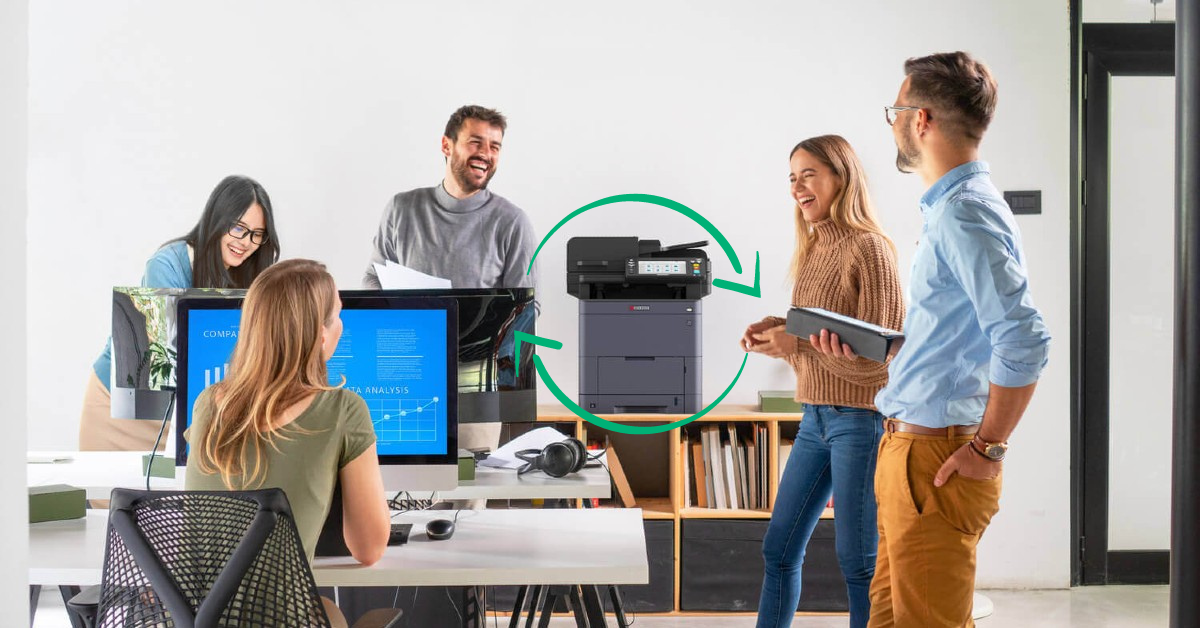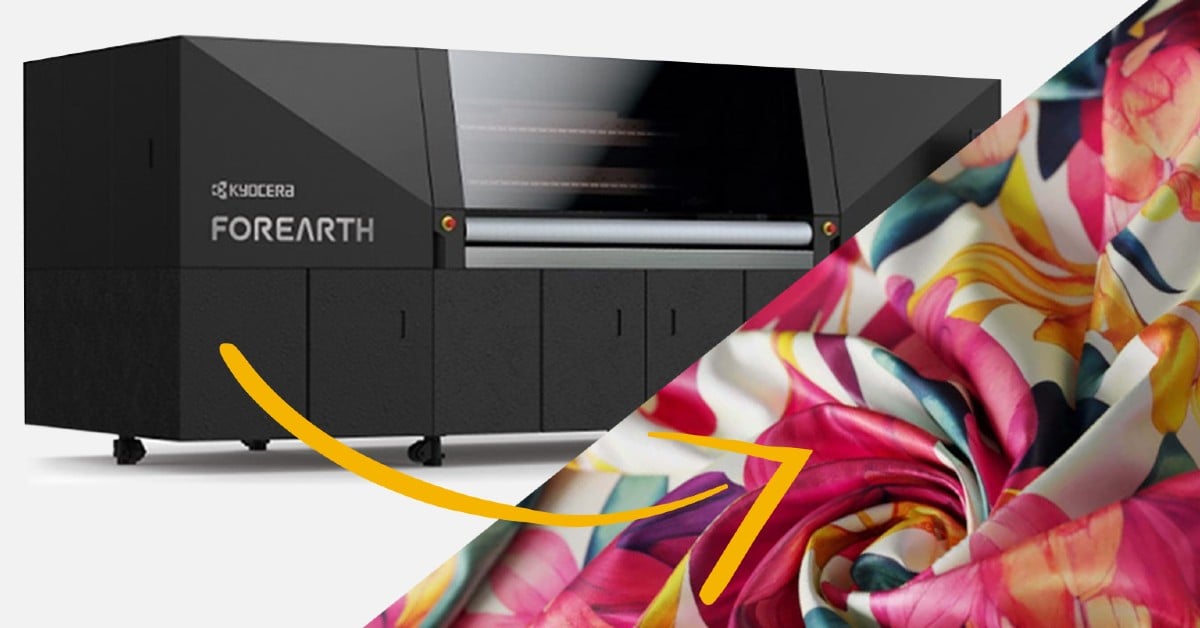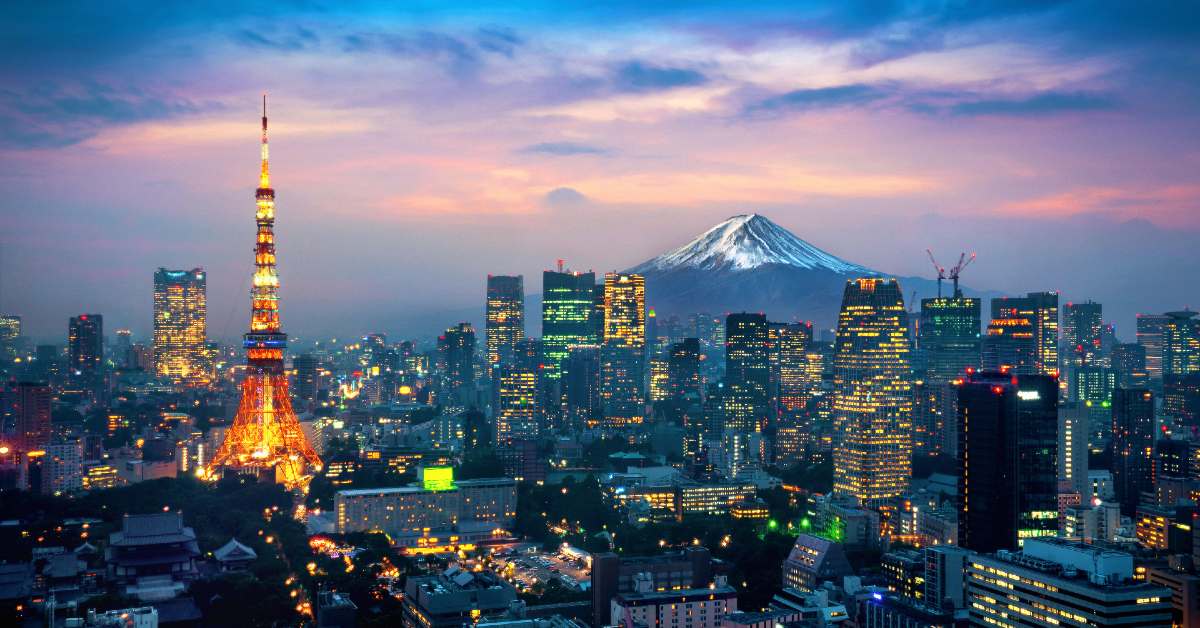4 min read
A creative solution for digital textile printing opens new possibilities
Kyocera’s new inkjet digital textile printer, FOREARTH, busts preconceptions in a way that could free fashion from the environmental and economic...
Benefit from smart ideas, lower costs, greater productivity. Choose from award-winning printers, software solutions and consumables
Personalised technology solutions to help your organisation gain a competitive advantage
Discover howWe combine professional expertise with a human kind of partnership
Get the right help and advice, register a product and see why our commitment to you matters.
Discover our brand, our global activities and commitments

After three decades, the ECOSYS concept that drives the sustainable product design of Kyocera’s laser printers is more timely than ever, helping customers reduce waste as documents enter their digital future.
In 2023, the Intergovernmental Panel on Climate Change (IPCC) reached the 35th anniversary of its founding. The world also hit the halfway point between the announcement of the United Nations Sustainable Development Goals and their intended achievement by 2030. Many countries have by now set ambitious emission-reduction milestones on their way to net zero.
Amid the sense of urgency around sustainability initiatives that comes with those looming deadlines, it can be easy to forget that international organisations, and companies, have been working on what we now call “sustainability” for decades.
Kyocera, born as Kyoto Ceramics in 1959, is among the world’s corporate-sustainability pioneers. But in 1992, when it created the “ECOSYS” concept that appears as the brand on its laser printers, “sustainability was not the keyword”, says Dietmar Nick, chief executive of Kyocera Document Solutions Deutschland. Instead, “durable”, “long-lasting” and “less waste” were on everyone’s lips.
But durable and sustainable are nearly synonyms. Those invested in the discipline of “sustainability” still play with the useful multiplicity of the word’s meanings. Although it often stands for kindness to the environment, sustainability - like durability - literally means the ability to last, especially for the long term.
Much of a Kyocera laser printer’s durability comes from the innovation of sustainable product design so that only the toner needs to be replaced when it runs out. Other brands often discard a printing drum as part of the toner cartridge, but Kyocera’s high-durability amorphous silicon drum, featuring a high degree of hardness, can continue to be used. Where typical drums might be replaced with the toner cartridge after 40,000 pages of printing, many Kyocera laser printers for office use have drums that can last up to an astonishing 500,000 pages.
“From a revenue point of view, it would be better to produce the toner with more components, and make it more expensive,” says Mr Nick. But Kyocera is not that sort of business.
Innovating to supply benefits to the customer is a natural result of Kyocera founder Kazuo Inamori’s philosophy of management, which is “respect the divine and love people”. This flows through to the ECOSYS concept and all the hardware and software solutions Mr Nick oversees. “It’s a very high-level description of sustainability,” he says. “The printer development division of the company was asked to build products to reflect that.”
In practice, ECOSYS means longer-life parts that are replaced infrequently, leading to reduced waste and resource use - and ultimately, lower running costs and environmental impact. In 1997, this saw a Kyocera ECOSYS product become the first laser printer ever to be recognised with the Blue Angel environmental label, which was established in Germany in 1978. “We set a new standard for environmentally friendly office equipment in the printing area,” says Mr Nick, and certain Kyocera printers still bear the label today.
Despite the long recognition of its benefits, it feels like ECOSYS is a concept whose time has only just come. Awareness of climate change and the need for sustainable development continue to be translated into new regulations from governments and new demands from Kyocera’s customers. In Europe, the Corporate Sustainability Reporting Directive, which came into effect in January 2023, requires a broader range of organisations to report on sustainability, driving them to pay attention to the environmental impact of the devices they use.
Mr Nick uses Kyocera Germany’s adherence to the ISO 14001 standard, which mandates continual improvement of an organisation’s environmental approach, to illustrate the path others may find themselves taking. “We set the target to reduce our CO2 emissions by 10% per year, which is quite easy in the beginning,” he explains. “First you go to CO2-neutral renewable energy. Later, it gets tricky to find out which methods you have to take. Then you end up buying from companies that have sustainability criteria or testing, or certificates.”
As a supplier of printing solutions, Kyocera is a partner that organisations can turn to in stepping up their sustainability performance. “The best thing is not to print,” says Mr Nick. “Use more digital document management systems. But if you do print—do it with ECOSYS.” As printing volumes fall, Kyocera helps customers work out the optimal number of devices they need to maximise savings and minimise waste over a long life cycle.
Software is also a part of the durability behind the ECOSYS concept. Unlike many smartphones, which can rapidly become obsolete when their manufacturers stop updating the software, Kyocera printers all work on one generic driver, which the company keeps compatible with old models when it provides updates.
Just like Kyocera’s drum units aren’t thrown away with the toner, so the software engineering involved in the generic driver can be reused from model to model. Nor must printers be discarded because of an operating system upgrade or because someone lost the driver disk.
Even in its TASKalfa range of office multifunction devices, whose copiers incorporate the sustainable product design idea of toner-only replacement and do not bear the ECOSYS brand, the same concepts still come into play. “We are always thinking about reducing the amount of waste, greenhouse gases and so on,” Mr Nick says. “This is valid for the whole line-up. We’re working on making the chemicals in the product more environmentally friendly, and we’re working on a collection system to get the toner boxes back and recycle them.”
In the 23 years Mr Nick has been with Kyocera Document Solutions, the firm’s acquisitions have led him to oversee a business that covers everything to do with documents: “Input, scanning, digitisation, throughput, workflows, document management and finally output, which is the printing part.”
A boss once defined his job for him simply: “Just transform the company to make it survive as, to a certain extent, printing comes to an end.” It’s a startling thing to hear from a leader at a business so tied up with printing. But the broad applicability of sustainable product design could hold the key to survival, not only for Kyocera but for customers and for other firms who follow its lead in raising durability while reducing waste. “In future,” Mr Nick says, “printing will be just one of the ways to handle documents.”
95.7% of executives in top business hubs across the globe expect green skills to become the most important skill in the next five years. Is your business ready to be part of the movement towards this sustainable future? Download the new Economist Impact report to learn how companies across major cities are cultivating green skills to gain a competitive edge and build a better tomorrow.
This article was produced by EI Studios in collaboration with Kyocera Document Solutions. Find out more.
KYOCERA Document Solutions provides document management solutions with ECOSYS technology to reduce the total cost of ownership (TCO) and minimise the impact on the environment, while delivering greater productivity, reliability and uptime.

4 min read
Kyocera’s new inkjet digital textile printer, FOREARTH, busts preconceptions in a way that could free fashion from the environmental and economic...

4 min read
As organisations strive to reduce printing waste, Kyocera’s information management tools turn data into a competitive advantage to boost efficiency,...

3 min read
Over more than 60 years, Kyocera has developed a culture in which every business decision and new product is built on a foundation of past...